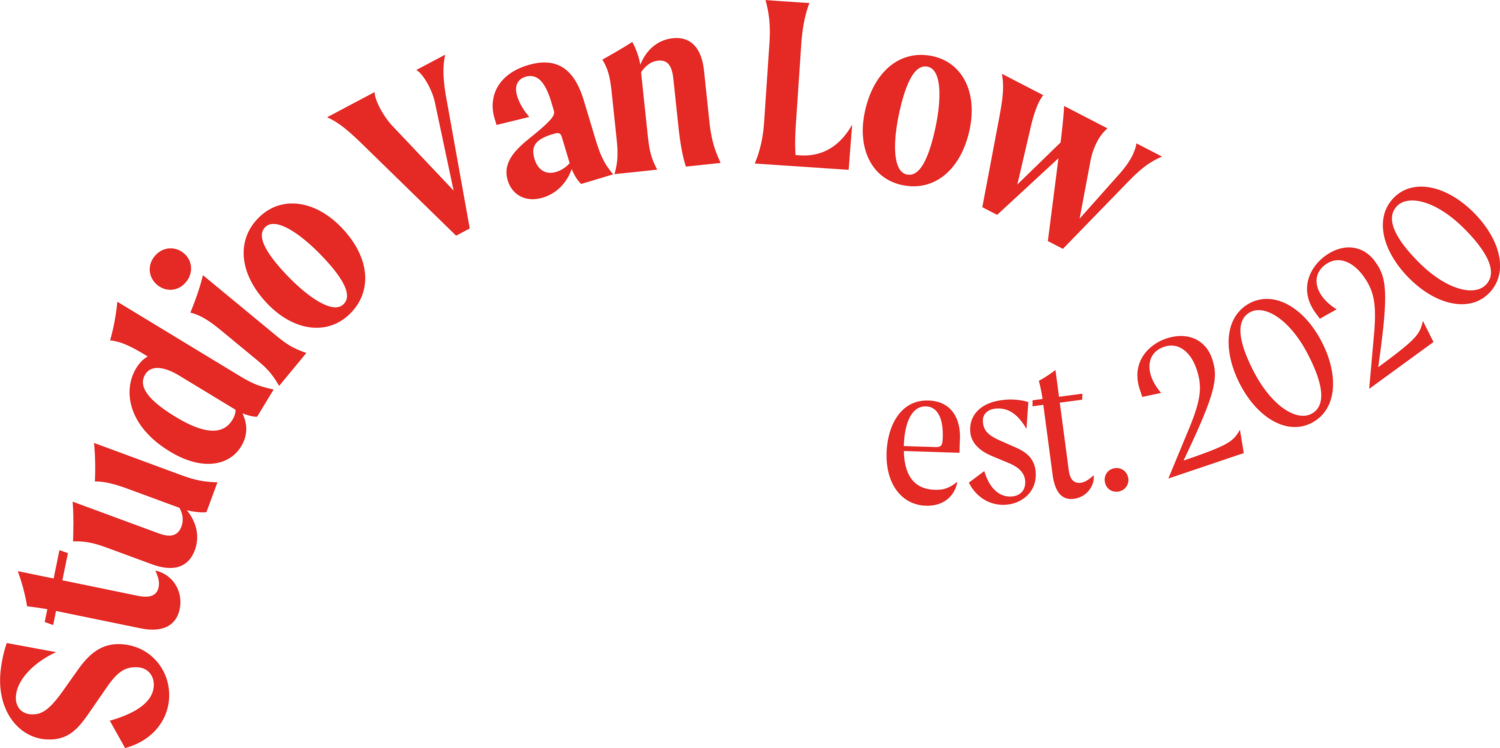Girls On Film: Considering the Female Image on Screen
Catalogue essay written for the video art screening 'IS THIS ART' presented by DLux Media Arts (curated by Alexandra Sutcliffe) at Artereal Gallery in Sydney (11 November 2015).
We gaze upon her intimately: the shapes of her eyes; the profile of her nose; her posture; her demeanour and her body. We wonder about her thoughts, her sense of self; does she know we’re watching her?
Whilst stylistically dissimilar, both Tamara Elkins’ Wake and Alexia Estrellado’s Glimpse focus upon a single female figure mediated through various archetypes of femininity and beauty. And whilst watching either of Elkins or Estrellado’s films, these similar considerations of the female subject brew beneath the digital surface.
Speaking with Elkins, one might imagine her in a previous life as having been a time traveller; she speaks of cycles of time, of nature and transitions; of emotional and intellectual shifts and interconnectedness. We see these interests apparent in Wake, which opens with Elkins’ performance played in reverse whilst a sweet, acoustic melody is interspersed with the hums of a rewinding audio track. Elkins is nude bar the leafy green braids of a headpiece; her hands placed strategically in a pose that immediately identifies her as Boticelli’s Venus. An icon of beauty, sexuality and fertility, the Venus Archetype has been heavily appropriated in visual culture. Venus is a mythological role model who manages to be sensual, sexual and powerful all whilst maintaining a somewhat innocently naïve air about her. Female sexuality has become ubiquitous with screen culture; we need not look further than Cindy Sherman’s seminal Untitled Film Stills series for apt observation of familiar female tropes.
Elkins investigates the Venus Archetypes in a contemporary context, presenting a return to nature for the female image on screen. Elkins’ body is reclaimed by stop-motion, leafy painted motifs creeping up her arm; eyes closed and dreaming, she seems jolted up from the floor only to collapse back, slowly to earth. She brushes her hands across her face, as if feeling her features for the very first time. In doing so, Elkins humanises this figure; she absorbs the archetype and re-presents it as her own.
In contrast to Elkins’ approach, Estrellado’s film Glimpse opens with a voice-over of stereotype rejection: ‘I mean, I’m not the sort of person that sits there and puts makeup on before I leave the house.’ This voice comes from Lorena Arancibia, an actor who Estrellado collaborated with earlier this year during Underbelly Arts Festival. We can see that Arancibia's face is raw – not covered by any make-up – and she dresses modestly in a long-sleeved black top. Arancibia, who is South American, has large eyes with fullsome lashes and thick dark hair, and we can observe – through Estrellado’s magnified cropping – that she also has pores and wrinkles and imperfections. These shots of Arancibia are complemented by voice-over segments considering female appearances: how she used to dress up for her mother but doesn't anymore; how kids at school comment on the shortness of her daughter’s hair. Through the film, we become privy to this self-conscious reflection.
Estrellado's filmmaking practice is an extension of her extensive work with engaging remote communities in Australia. She comments that 'you have to very quickly get to the heart of what that person is concerned about and then draw particular parts of that story out so that you can really engage with what they need or make sure that they trust you.' Through her film practice, Estrallado seeks to capture meaningful, microscopic slices of peoples' lives as a way of speaking to larger, macroscopic issues. Glimpse functions as an intimate encounter; through Arancibia's questions, we also find ourselves wondering if we ever look at ourselves through a neutral lens, or are we always mediated through the thoughts of others?
